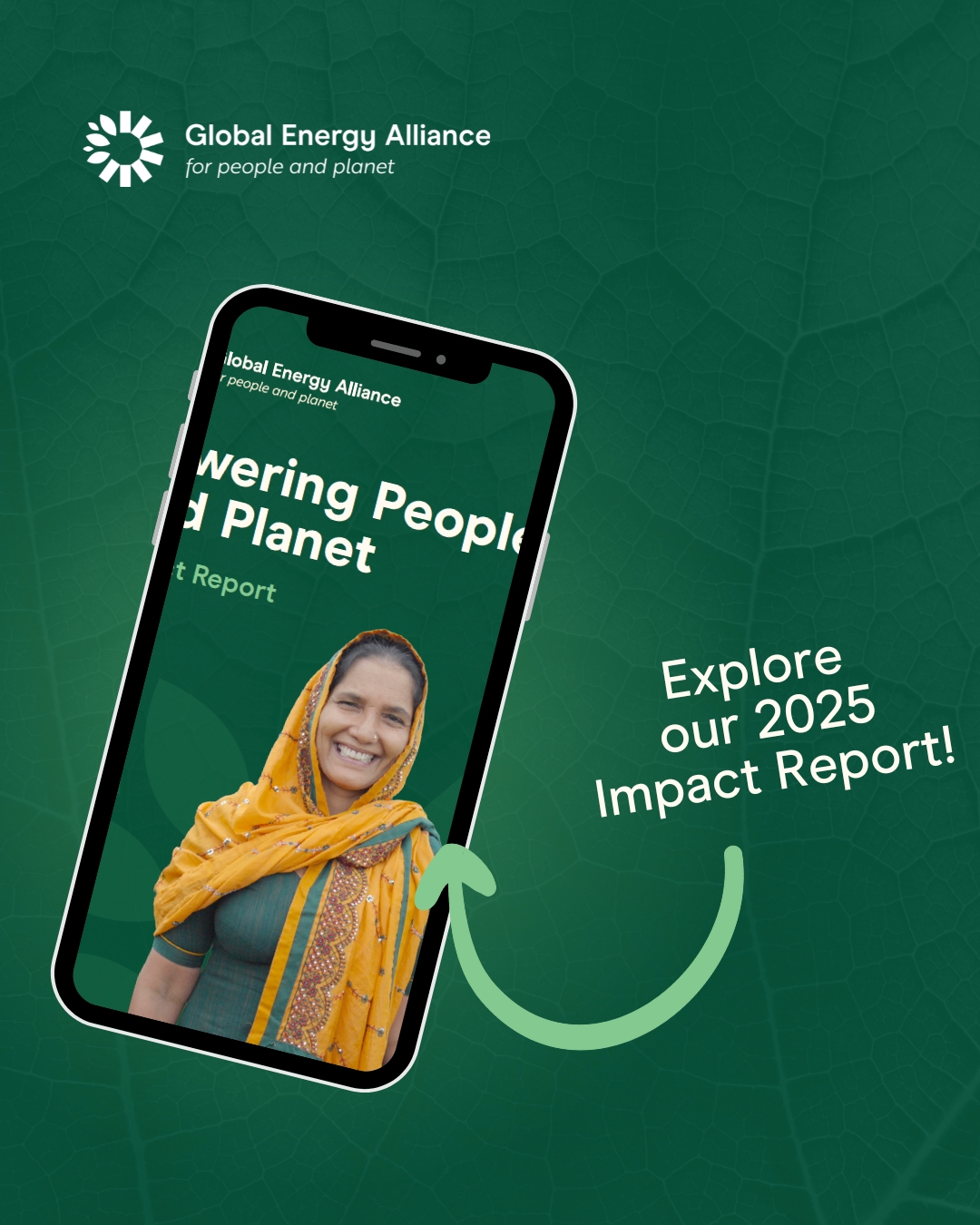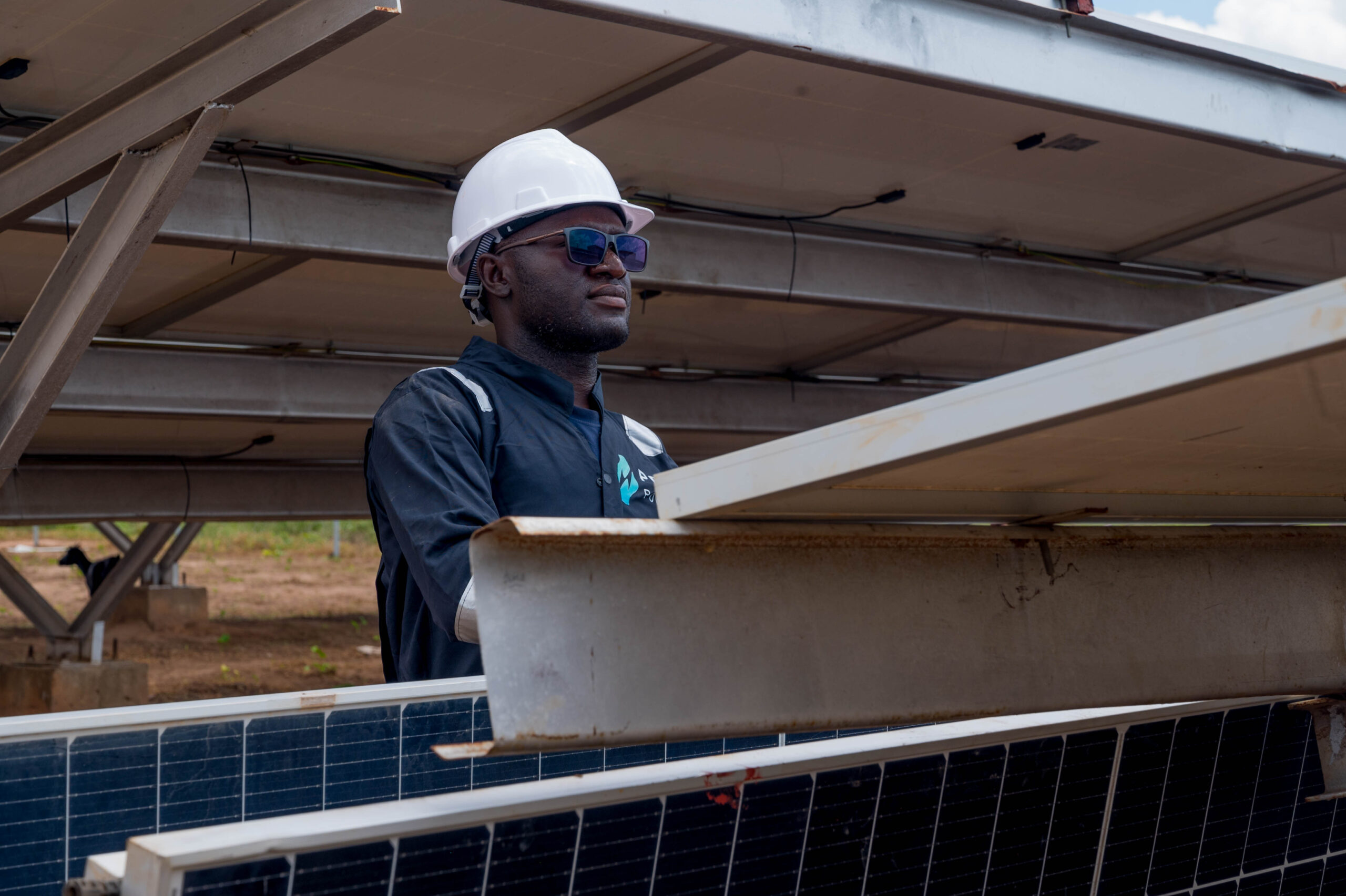First published on ETEnergyWorld
The country is witnessing a transformation in EVs and till August of this year, the sales of EVs (all categories) have been equal to the numbers sold last year. How this transformation is being stimulated is what I synthesize as it has many lessons for other countries to adopt and replicate.
In 2022, India witnessed a significant surge in the adoption of electric vehicles (EVs). Sales of electric cars experienced a fourfold increase and within the two-wheeler market, EVs captured a 7 per cent share of total sales while electric three-wheelers accounted for a substantial portion of new sales, comprising 55 per cent. With an aim to improve green mobility and generate several jobs, the government recently approved the PM-eBus Sewa scheme which will see 10,000 e-buses becoming operational across 169 cities. Some of the scheme’s long-term goals are to reduce emissions and promote initiatives like bus priority, infrastructure, multimodal interchange facilities, NCMC-based Automated Fare Collection Systems and charging infrastructure. The scheme has been launched on a PPP (Public-Private partnership model) basis. The country is witnessing a transformation in EVs and till August of this year, the sales of EVs (all categories) have been equal to the numbers sold last year. How this transformation is being stimulated is what I synthesize as it has many lessons for other countries to adopt and replicate.
Levers of EV Transformation
There are 4 key levers that have stimulated the transformation in the EV market and almost all of them are due to the leadership and vision of the Government of India. They are:
Government leadership and vision
Back in 2017 when EV discussions were consigned in conferences and seminars ideating about the way forward, the Government of India took a bold step to announce that I e phased manner, replace Government IC engine cars with E Vs. There was only 1 manufacturer who had a commercial product then – this was also a signal to the OEMs around the world on India’s intent. The EESL tender of 10,000 cars in 2017, the largest such procurement in the world, almost immediately enabled the private sector to develop the second EV. This bold step, which for some may sound unsuccessful as it did not achieve the target, did initiate a slew of policy and regulatory measures that were needed to drive the market. This move established that EVs are indeed the real deal and can be mainstreamed with policy, regulatory and leadership nudge. It also demonstrated that EVs can be affordable, capable of delivering outcomes similar (or better) than IC cars and are beneficial for clean air and the environment.
Path-breaking policies and regulations
The tender of cars enabled a slew of enabling policies and regulations which made charging of cars a service (and not resale of electricity which needs regulatory approval), finalizing charging standards, creation of a revenue sharing model for creating charging stations and finally the new FAME-II incentive scheme in 2019 with an allocation of Rs. 10,000 crore.
Ability to review, change and shift the operating model
In 2021, the Government of India displayed amazing leadership in reviewing FAME-Il and, on the realization that only 4% of the budget has been spent, decided with agility to change the traditional model of government providing subsidies to government becoming an enabler. This review changed the public transit model to opex with the State Transport Utilities being incentivized to procure bus-as-a-service rather than the original model of buying buses and getting subsidy. EESL was nominated as the nodal agency to undertake aggregation and price discovery which led to extremely handsome outcomes as the cost of bus- as-a-service cost (per KM) was the lowest as compared to Diesel and CNG counterparts. This model has not only seen budgetary allocations being spent but also a new market creation where private operators are able to participate in public transit which means better and more efficient bus services and a reduction of financial losses for the state transport undertakings. This also enables a significant reduction in tailpipe emissions (and thereby improved air quality in cities), reduction in GHG emissions and employment generation.
Government as an enabler
Government policies have enabled the market of e-2W/3W and 4W northwards and have also kick-started public bus electrification as well. Private investment can be better mobilized by improving the financial health of State Transport Units (STUs). The Indian Government, with the support of the United States Government and GEAPP, has started work on setting up a Payment Security Mechanism (PSM) that will mitigate the counterparty risk and enable large-scale private investment in public transit. India’s transformative leadership has many lessons for the world as it significantly increases its net zero ambitions and begins the decarbonization of the economy.




